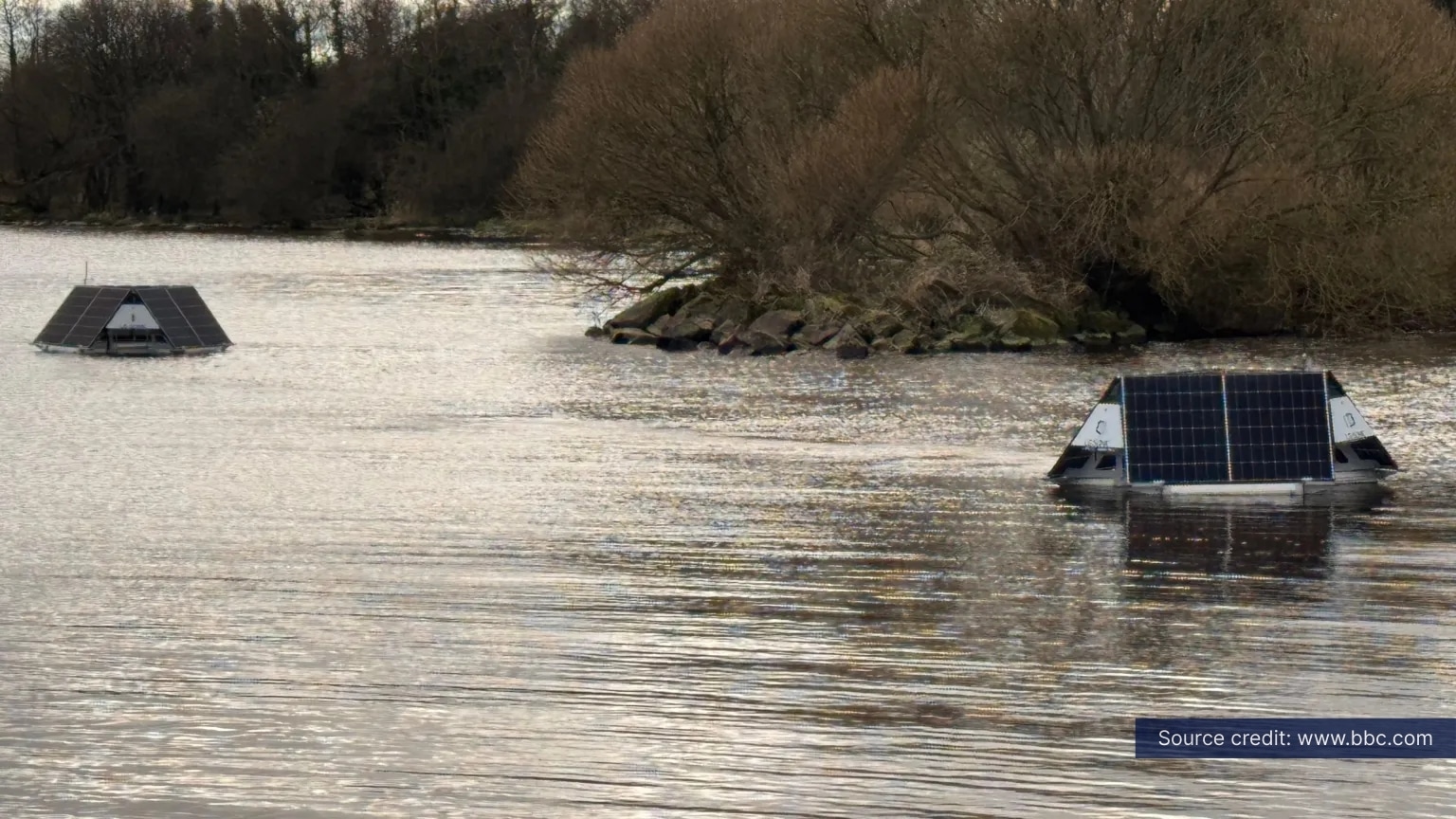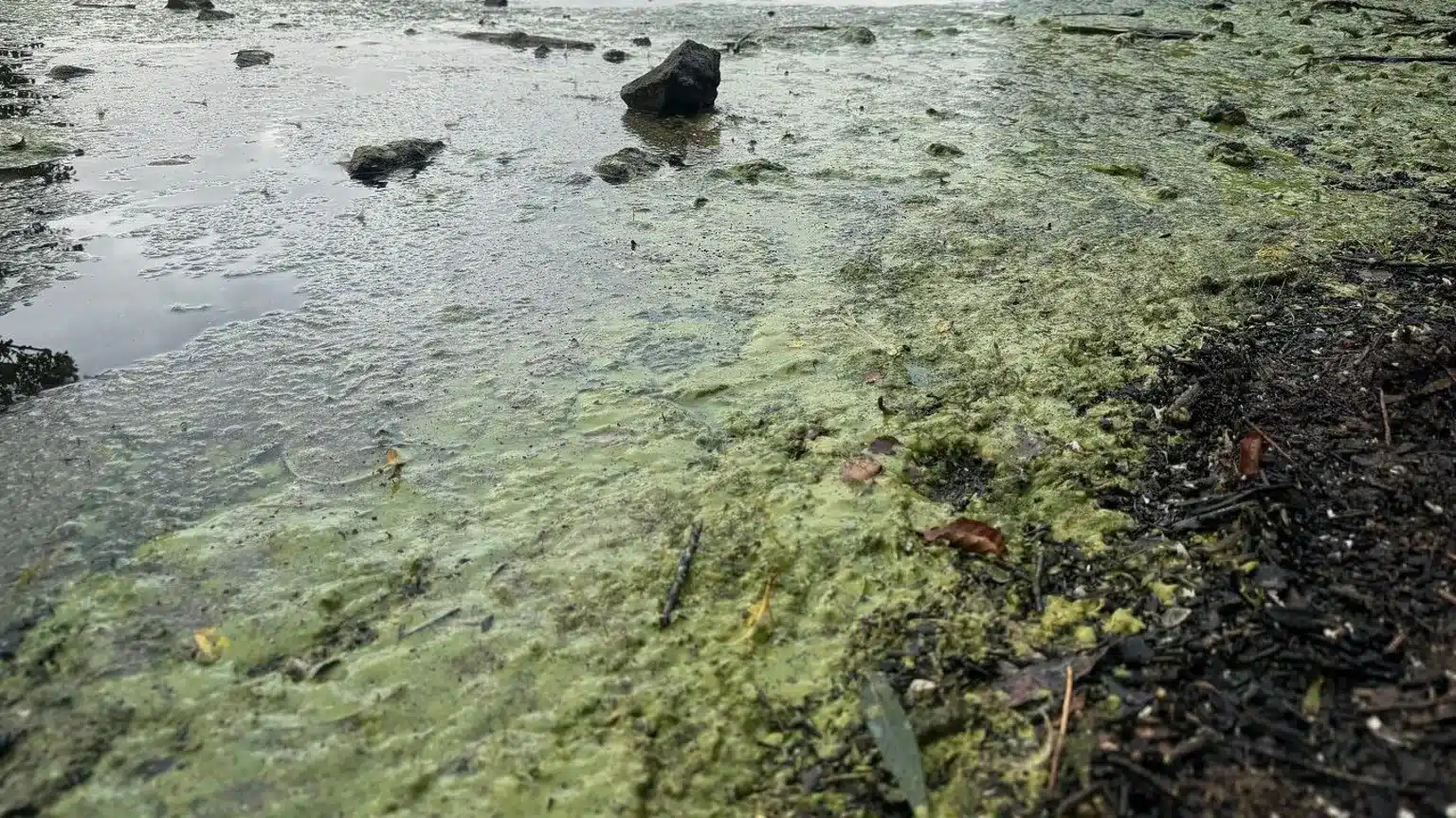Blue-green algae, also known as cyanobacteria, have become an increasing concern for Lough Neagh. UK’s largest freshwater lake, covering nearly 400 square kilometers and supplying 40% of Northern Ireland’s drinking water. This vast ecosystem is vital for communities, fisheries, recreation, and biodiversity. Yet, over the past several years, harmful algal blooms have repeatedly covered its waters, posing risks to both people and wildlife.
Algal blooms at Lough Neagh is not a unique problem. Across the world, lakes and reservoirs face rising challenges from nutrient pollution, agricultural runoff, and climate change. Warmer temperatures and excess nutrients fuel the rapid spread of algae, leading to widespread blooms that block sunlight, consume oxygen. In severe cases, these blooms also release toxins. At Lough Neagh, the problem has become so persistent that fishing seasons have been disrupted and local residents continue to raise concerns about water quality, foul smell and dying aquatic life.
In July 2024, the Northern Ireland Executive approved a long-awaited action plan to restore the health of Lough Neagh. Announcing the decision, Agriculture, Environment and Rural Affairs Minister Andrew Muir described it as:
Blue-green algae pictured at Rae’s Wood, County Antrim, on the shores of Lough Neagh. Photo Credit: BBC
Solar-powered floating solution
Among the technologies trialed as part of this plan is a buoy-based system. This solar-powered floating solution is designed to support the management of harmful algal blooms by influencing how they develop and spread across the water. Its role is to help reduce the impact of blooms in sensitive areas and contribute to broader water quality improvements.
At LG Sonic, we are proud that our buoy technology has been introduced as one of the innovative tools in the fight against harmful algal blooms at Lough Neagh. It builds on our extensive experience on surface water management. Together, our solutions represent a new generation of sustainable water management technologies. Hence, aimed at restoring ecosystems while safeguarding drinking water and reducing environmental impact.
While the action plan is still in its early stages, the inclusion of buoy trials marks a promising step forward. Lough Neagh’s challenges reflect a global reality: there are no quick fixes, but with science-driven solutions, collaboration, and commitment, progress is possible. As blooms become more frequent worldwide, sustainable innovations like these buoy systems will play a vital role in protecting our most precious resource, clean water.
Facing similar water challenges? Explore our applications to see how we can help.

